Max Wainwright: Live at Rello il Torrefattore
This was recorded in Brno on the 4th of April 2023, during my Central European tour that spring.Four very different pieces on a small setup consisting of DIY feedback mixers (System Sound, x2), a budget woodwind ~clarinet, an old Boss PS-2 pitch shifter/delay pedal, a Mute Synth 4.0, plastic bags, toothbrush, and of course my trusty Mackie mixer.
The interval is also included. It is a sort of field recording, with the sounds of the audience and also my dictaphone, playing interval music (itself mostly field recordings). Don't skip it.
The sound is unedited (time-wise), but the different songs have been mixed/mastered separately, in order to bring out the particular details and sounds I thought important. I've been reluctant to release only the sonic part of my (usually pretty visual) performances before, but this time I decided to view the recording as a separate entity, and be more free in editing the sound. I didn't do very drastic things, this was more of a mental block than anything else. I wrote a text about this process, and the term 'cousmatic music':
Rello il Torrefattore is a coffee roastery/café/venue and really wonderful, make the trip if you're in Brno. It's next door to Bastl Instruments.
Their website is: www.rello.cz
Thanks to Ondrej Merta, Bastl and Rello il Torrefattore.
released on the 6th of October, 2023

Max Wainwright: Trio (2014)
A composition from 2014 for oboe, guitar (steel-stringed acoustic and electric) and accordion. The score is text-based.The composition consists of six different "states" wherein the musicians perform the same action repeatedly, with some variation. It's not exactly improvisation, but the instructions are pretty loose regarding timing for instance.
Credits:
Musicians: Peter Veale (oboe), Seth Josel (acoustic and electric guitar), Sergej Tchirkov (accordion)
Composition: Max Wainwright
Recording: Högskolan för Scen och Musik, Gothenburg
released on the 30th of May, 2023

Max Wainwright: Failings
Four drones. The first three are made with my small eurorack system. Basically even smaller subsets of modules, say 2-4 modules.The first is based on a Doepfer PLL eating itself via a filter, or something like that. It's completely automatic and hands off.
The second is my Radical22 modules making chip tunes into a filter, this has some tweaking during the recording (scary, very sensitive patch).
The third is a super time stretched cut from the first, the minute or so before it got locked into its groove.
The fourth is made with my newest thing, System Sound (https://noise.technology/systemsound.html) and an old Boss PS-2 pedal.
I am no longer going to use the alias Dronewright. I made it for making easy drones and I'm not going to make easy drones anymore.
released on the 8th of June, 2022
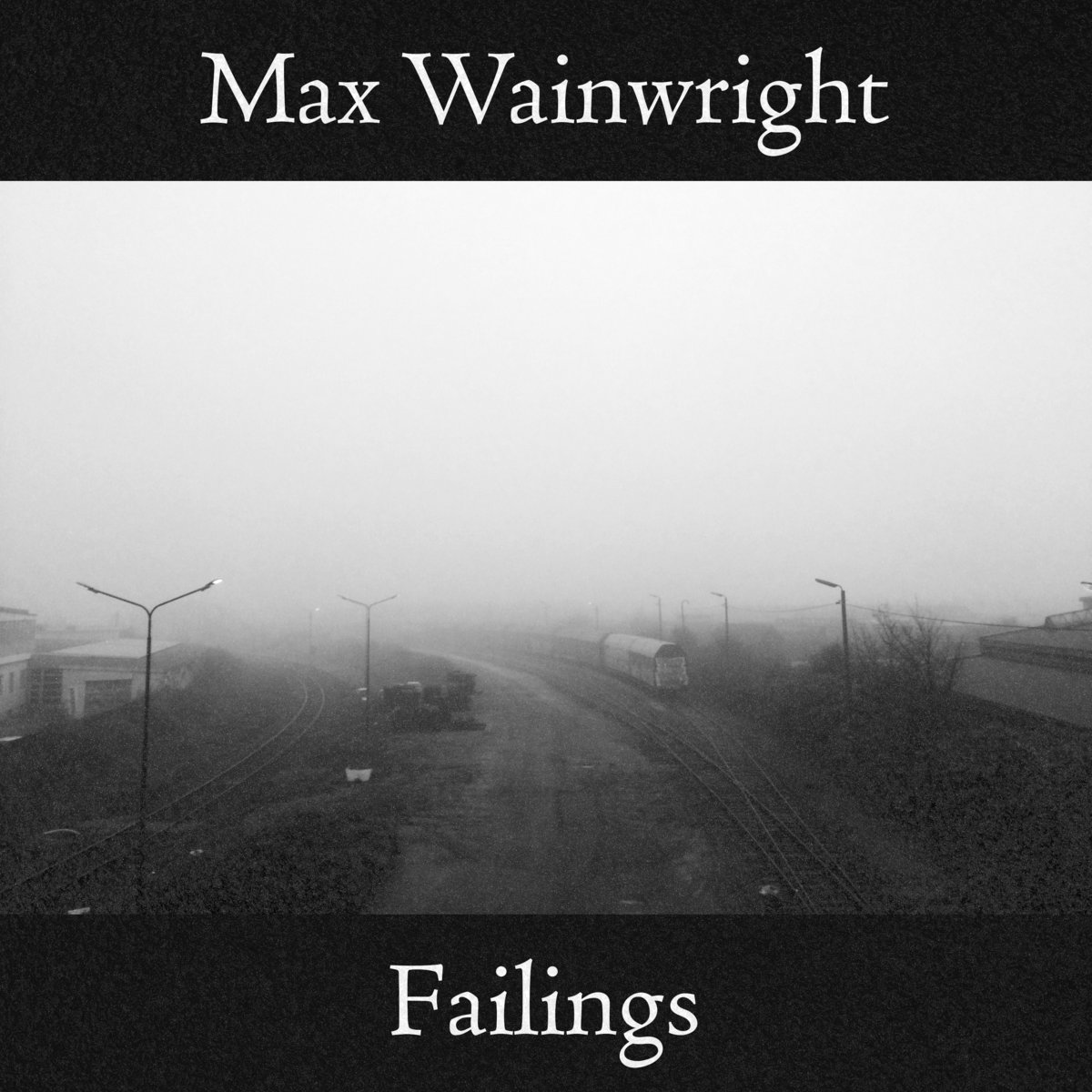
ISO668: BAS
Mindless bass. sound files of automatic stuff have been manipulated to make drone-like rhythm-like music. This is more similar to the older ISO668 stuff in that it is more generative and less musical. The first track bd is also made with Bitwiz from Kymatica, like the first two albums.BAS means BASS.
released on the 8th of June, 2022
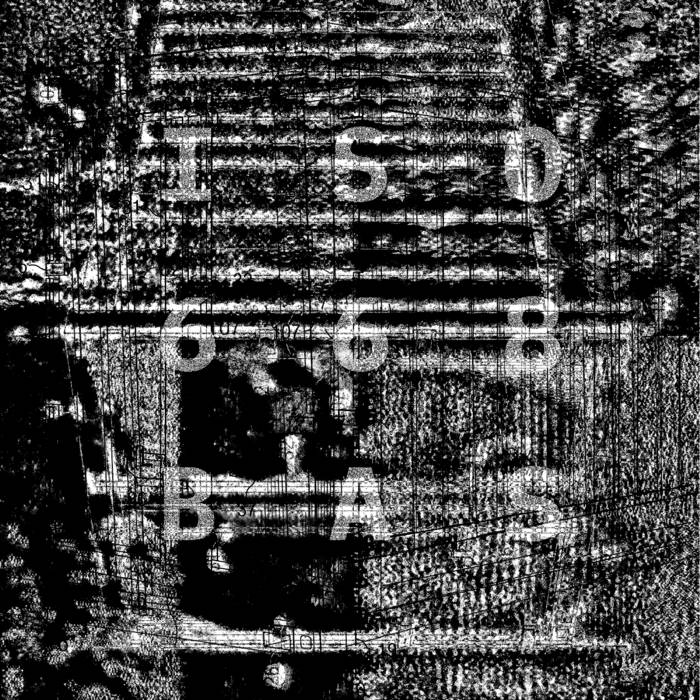
Atuan: negative space
Split with Uv, which is Axel Brandt (who plays bass in/for Atuan). I also played the drums on his track Mulen (semilanceat) .released on the 27th of May, 2022
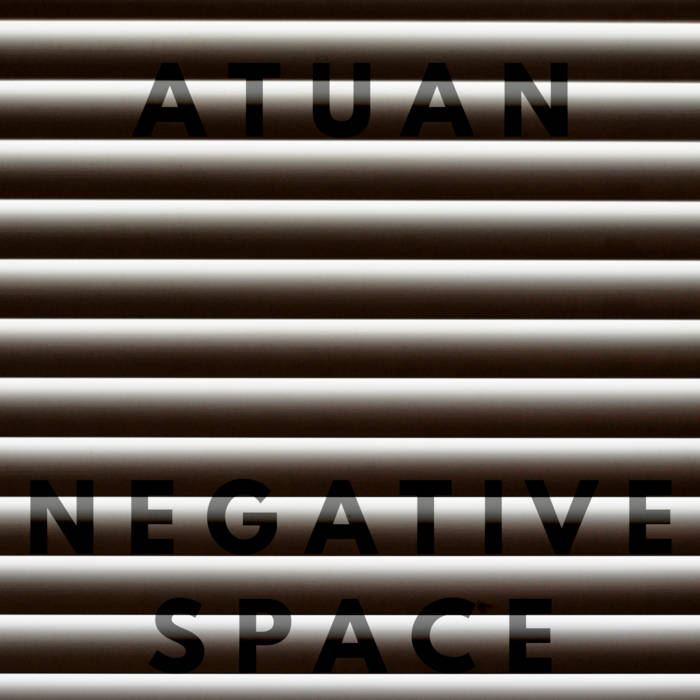
Atuan: Lightless
This album was written and recorded in my bedroom during the worst year of my life. Four songs about hate, pleasure, pain, love.released on the 1st of October, 2021

Dronewright: multisaturate
Three heavily processed guitar drones.released on the 21st of April, 2021
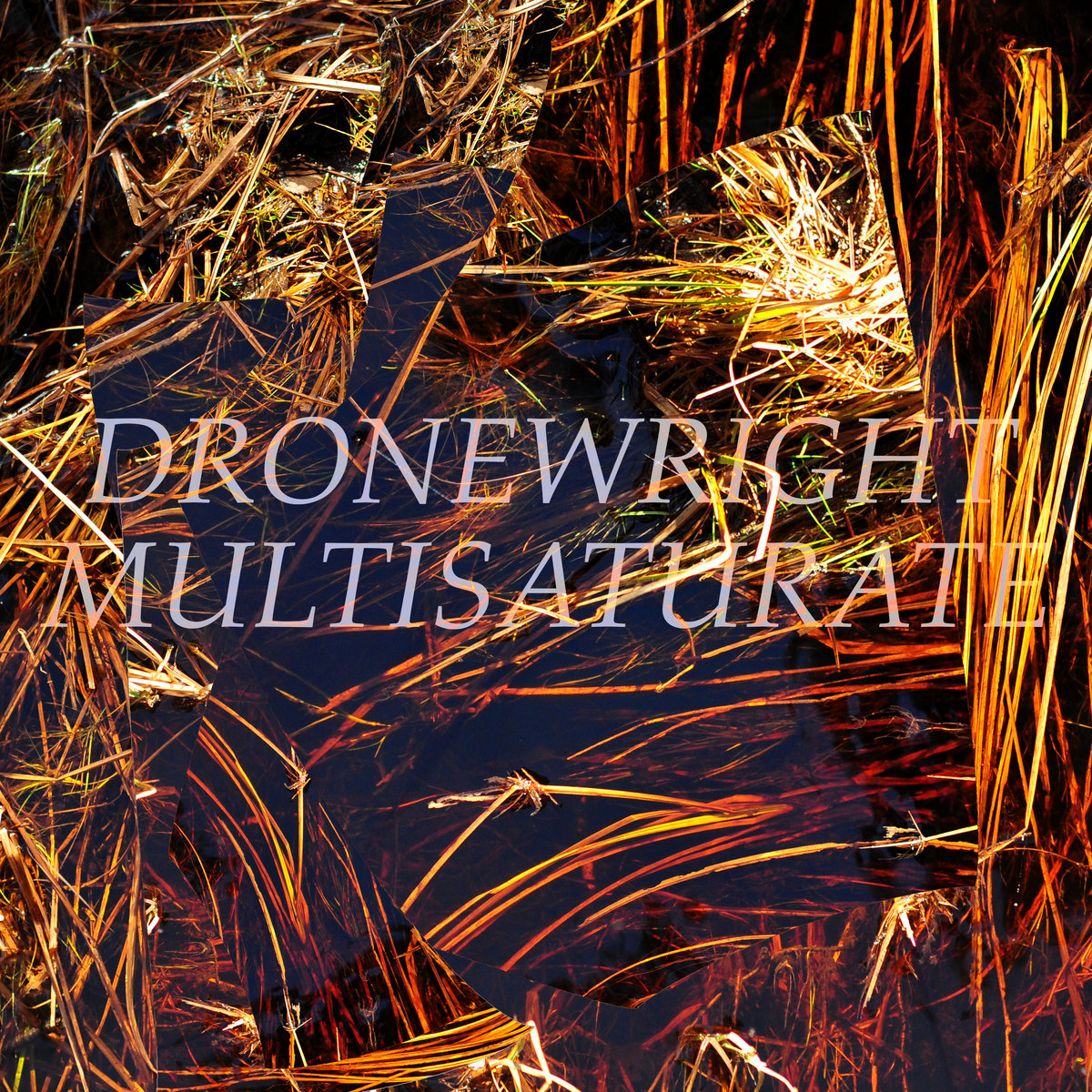
Max Wainwright: walloeipn
A series of noise/drone recordings based on an IP-telephone feedback loop performance, first re-bounced between my two dictaphones (at ever lower speeds) and then mixed, layered, distorted, pitched, re-layered. Play it loud.released on the 8th of September, 2020
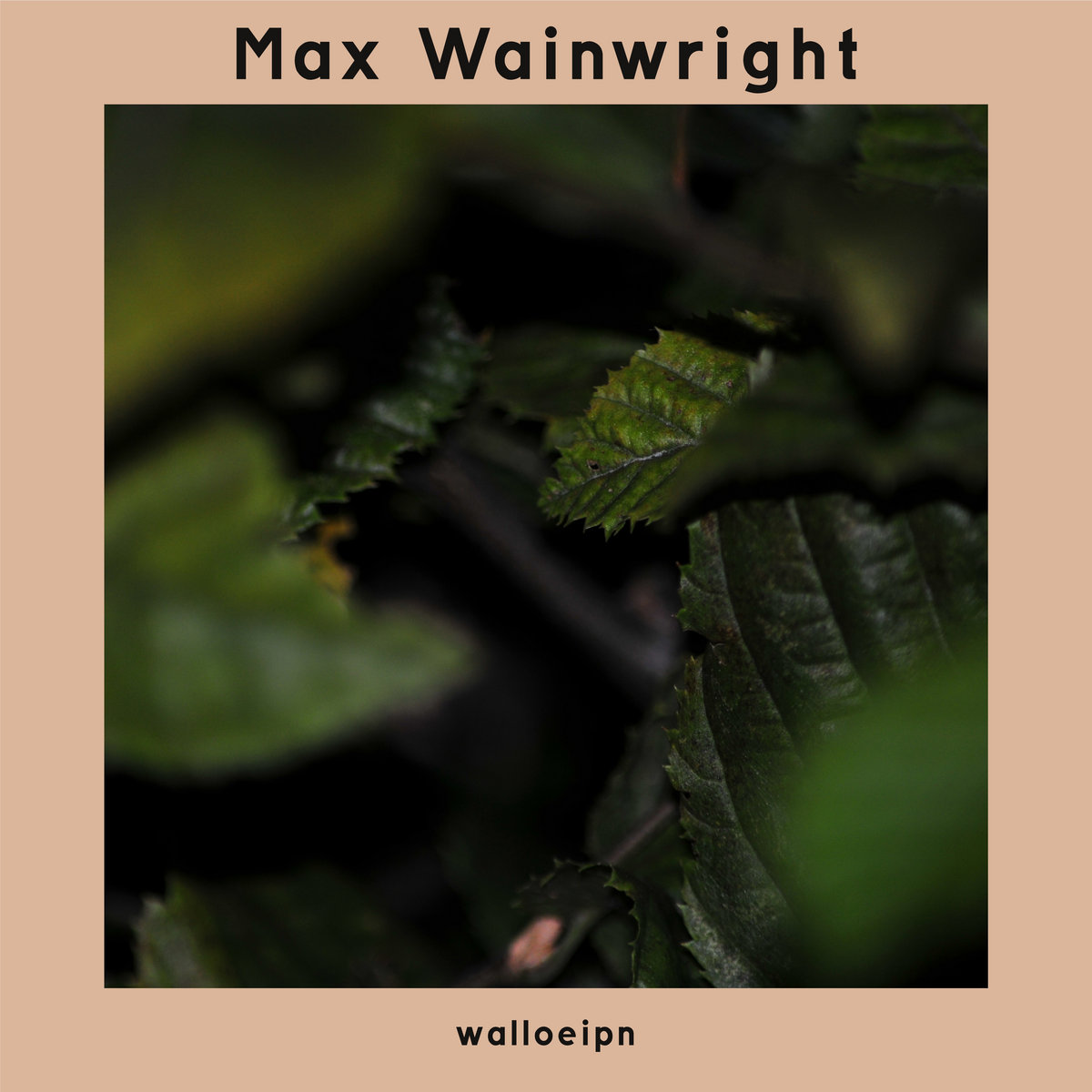
Max Wainwright: dictaphone palimpsest, winter 19-20
I present to you the sounds of field (domestic) recordings, jams, conversations, live granulisations, synthesis experiments, walks, reading, feedback, working ... which were recorded, overwritten, cut up and sped down, on a Sony M-629V microcassette (dictaphone).The two sides of the microcassette were recorded mostly between December 2019 and February 2020 (trailing off at the end, probably into April). A collage, or palimpsest of ambient soft noises.
Sound materials are interleaved, they cross between sides and skip back and forth in time. Isolated "pieces" are mixed with recurring themes and textures, though echoes and remnants may be found in other places.
The two tracks are mono; stereo listening (one track per channel) is encouraged: a stereo mix is included as an extra upon purchase for a Stereondipitous™ listening experience.
Fixed in the digital realm on May 27th, 2020. No noise reduction has been applied.
Tracks (sides)
A
B
A+B (bonus track)
released on the 27th of July 2020
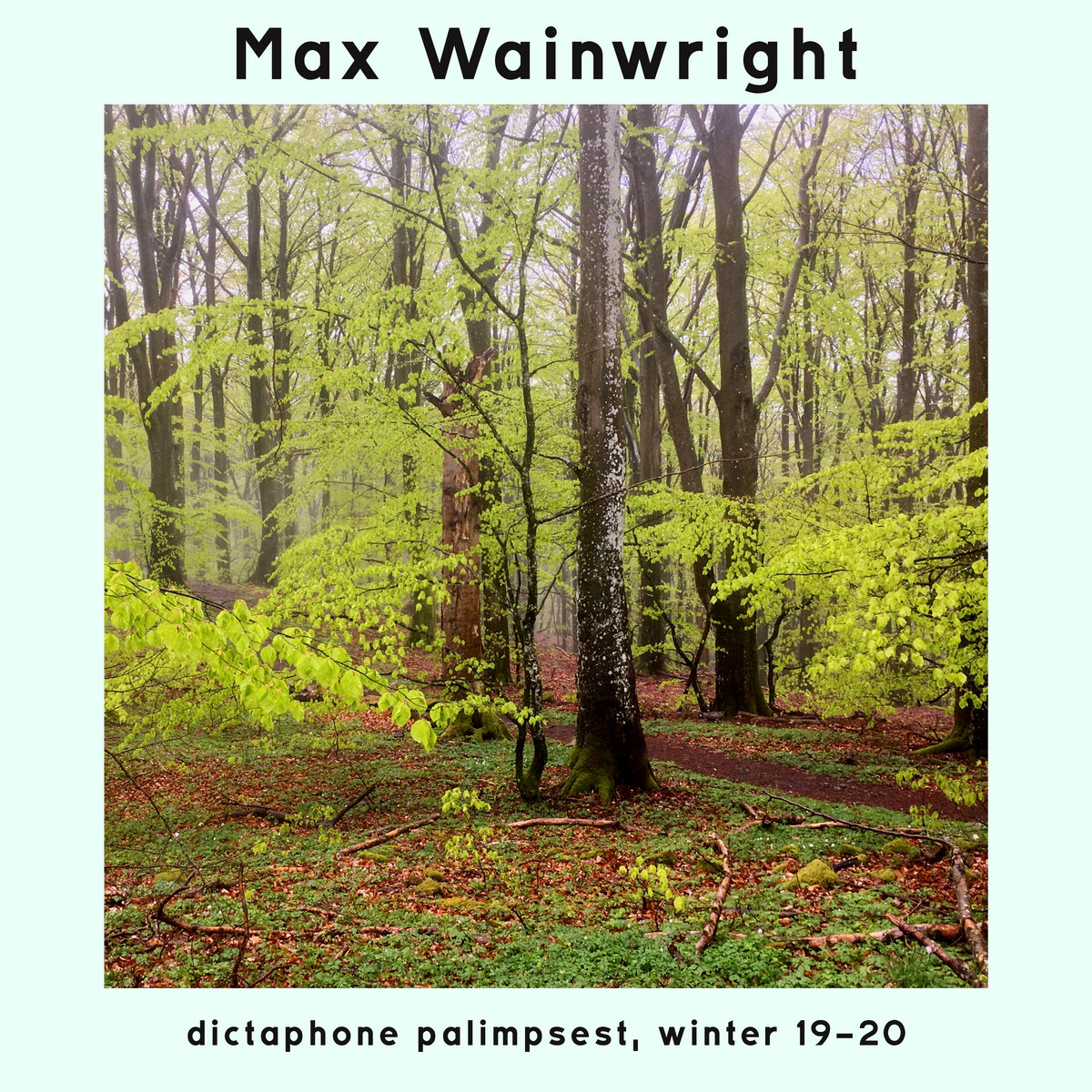
Max Wainwright: some inputs 1 (misalign)
Some inputs 1 (misalign) is the first of a series of feedback explorations, where the core sounds is formed by a feedback loop, into which external sounds are fed, to perturb and shape the oscillations. I call this technique "some input-mixing".In misalign, the feedback loops consists of a Mackie 1202 mixer and a Tascam field recorder, which has the possibility of delaying either channel in milliseconds. This, the first in the series, is perhaps closest to normal no input, the only external audio being the ambient sounds of the room (in which the sound of the no-input loop is also played back), which are recorded onto the field recorder and monitored in the desk, along with the line out of the desk itself. Feeding itself. The quiet ambient sounds may affect the loop, the acoustics of the space (my workshop) absolutely do.
Thus four channels are recorded, two variously delayed line inputs and two microphone inputs. Owing to a mistake, the tracks have then been mixed up, so that the line recording from one take was combined with the microphone of another. Since the takes are of different length, the recordings have then been played at slower or faster speeds to conform to each other (and further expand the frequency content of the pieces upwards and downwards respectively).
The two sharp and cutting drones, sometimes delving into pulsations and beating textures, are companion pieces which due to their manner of creating share many features and their larger form. Different aspects of the feedback loop are brought forth by the raw line sound and the reverberated microphone input, so the same take's two recordings present dissimilar perspectives of a shared form. This leads to two different counterpoints, each consisting of a raw and reverberated recording, one having been either sped up or slowed down. Occasionally, external sounds can be heard underneath the sound mass.
recorded on the 10th of April 2020,
released on 5th of June 2020

ISO668: .mpy3k
shifting, stretching, clashing, throbbing, colliding; broken, stretched, mangled; textures, off-beats, microtones, drones, pulsations, spaces;these tracks didn't make themselves.
released on the 1st of February 1 2020 (my birthday)

Dronewright: archive
An archive of drone pieces from around 2011 to 2020.released August 12, 2017, updated with new tracks until 24th of September, 2020. Some old drones will likely be added when/if I find them.
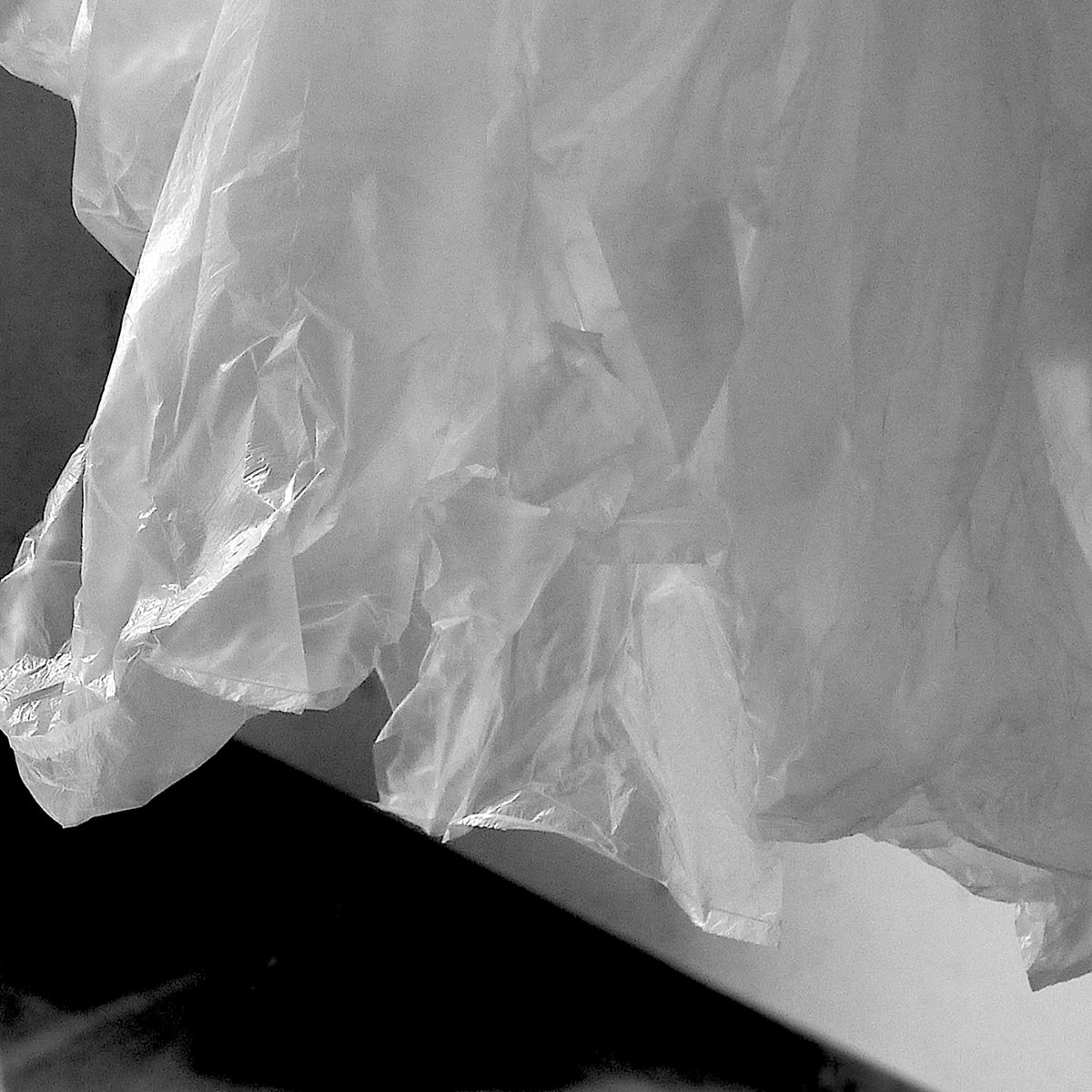
Max Wainwright: scrapings (Ensemble Mimitabu)
This piece was comissioned buy Ensemble Mimitabu (Gothenburg). It is scored for violin, cello and percussion (a floor tom) with custom electronics involving contact microphones and relays as low-fi transducers. Sounds from one instrument are "sent" to another, which acts as a resonator, while both musicians manipulate their instruments according to the text score (which includes some illustrations).The piece has four parts, which are played in pairs while the third musician rests. A fourth performer uses two stereo microphones to amplify the quiet sounds, directing them at different parts of the sounding instruments, leading to shifting timbral focuses and an "artificial" stereo image.
I consider this piece a form of acoustic microsound, where the physical textures of the instruments' surfaces are amplified using electronics, and filtered by other resonating bodies.
Performed on the 7th of May 2016 by:
Karin Hellqvist - violin
My Hellgren - cello
Martin Salomonsson - percussion
Max Wainwright - microphones

Max Wainwright: still lives
The tracks on Still Lives were recorded with various electronic music gear, meticulously tweaked and then set up to be recorded at predetermined lengths, with no editing, fades or cuts afterward. The structure of the album is based on a simple increase in length and reduction in number, giving a symmetric series of cut-up drone walls ranging from noisy screeches and pulsating throbs to hum clusters. All of the sounds (and micro-structures within) arise from feedback networks which when left alone create ever-changing motion. Each track consists of a number of drones, juxtaposed and set apart by breaks intuited from the vague sensation of tempo in the preceding track.Listening instructions
* listen in a good stereo or decent hedphones
* turn up the volume
* if your living conditions allow, listen without noise pollution and while doing nothing else, in one pass
* do not shuffle
* do not repeat
released on the 9th of October 2015
Album cover by Hanna Sjögren.

ISO668: al gabr
algorithmic pseudo gabber for humans to consumemade in bitwiz
cover made in 0xED
released on the 21st of October 2013
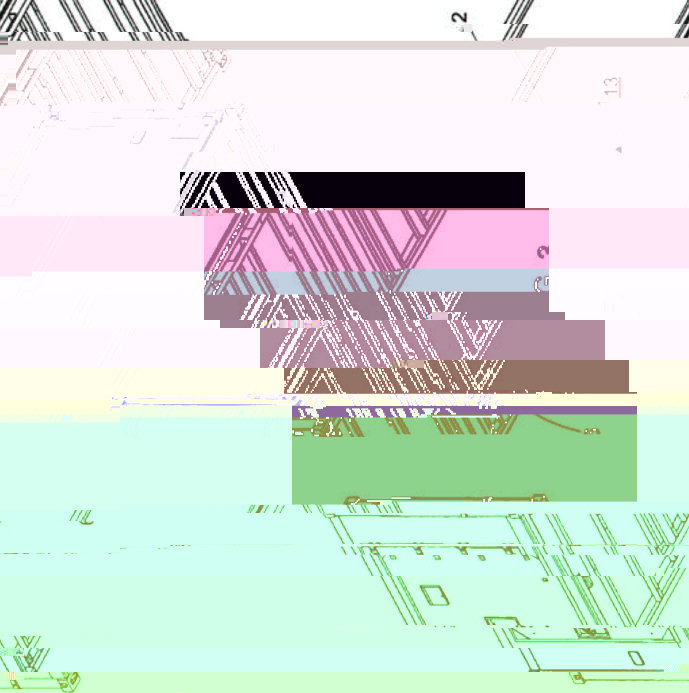
ISO668: ftrmbnt1
generative futurambientbass, kick n bass
made in bitwiz
cover made in 0xED
released on the 24th of June, 2013
